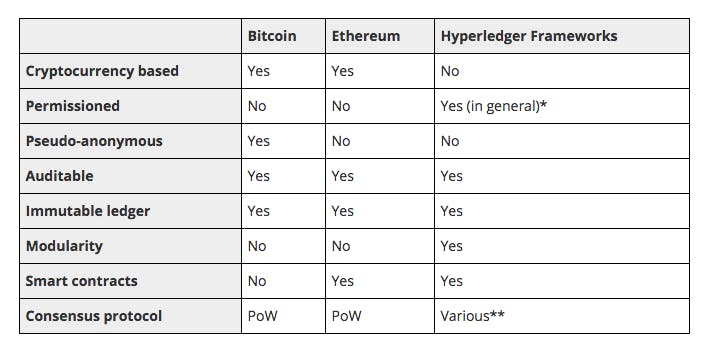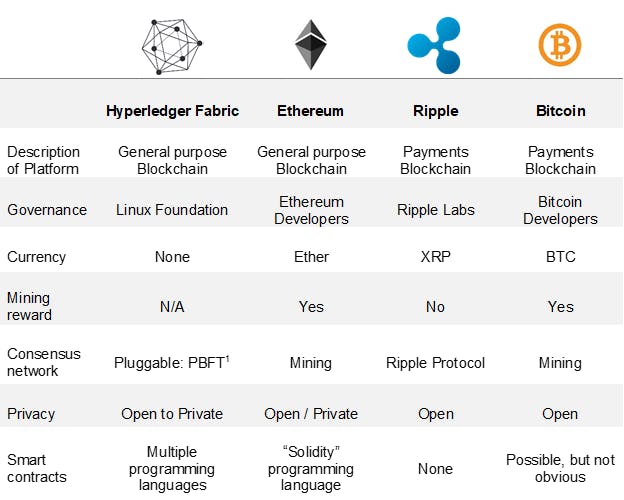Just a sneak peek into Blockchain Frameworks through Infographics:
Conceptual Differences:

Broader View:

Commonly Used Frameworks:

A Sneak Peek into the FEATURES of widely used Blockchain frameworks
Sneak Peek into the FEATURES of various commonly known Blockchain frameworks:
Blockchain Frameworks do vary based on distinct needs, i.e., please choose the right framework from very many Blockchain technology options based on whether you need
- a Centralized ledger database {such as Etherum (Public)/ AWS QLDB (Private)},
- or a Multi-party {Channel Management for multiple stakeholder Scenario - such as Hyperledger Fabric},
- or a Fully managed blockchain network that helps eliminate intermediaries {such as, AWS Managed Blockchain on HLF}
However, The commonality amongst All of the types of available frameworks
- DAPP: Blockchain is a DAPPs (Decentralized Applications).
- Data Provenance: Blockchain comes baked in with Data Provenance by offering immutable and cryptographically verifiable record of transactions
- each offers an immutable and cryptographically verifiable record of transactions
- each one is also available in DOCKER (containers)
BlockchainOPS
BlockchainOps:
- Full Scale Operationalization Paradigm for Blockchain
- It's application of DevOps in Blockchain lifecycle management.
One can use Kubernetes (CaaS) & Containerization (Docker) to seamlessly manage and govern by orchasterating
- any containerized Blockchain network lifecycle with
- the High availability,
- Auto Scalability,
- Self healing
- any kind of Blockchain workloads
- Smart Contracts,
- Member registry,
- et al
When to use Which Framework
Q. What Blockchain technology/framework should I choose on depending upon varying needs, such as
- public or private Network,
- Permissioned Network or permissionless Network,
- Centralized ledger,
- Multi-party et al? ANS: Blcokchain Frameworks do vary based on distinct needs. Here goes a quick look into the right framework from very many Blockchain technology options based on varying needs-
- a Centralized ledger database {such as Etherum (Public)/ AWS QLDB (Private)},
- or a Multi-party {Channel Management for multiple stakeholder Scenario - such as Hyperledger Fabric},
- or a Fully managed blockchain network that helps eliminate intermediaries {such as, AWS Managed Blockchian on HLF/EThrum}
Q. When to use Hyperledger Fabric & When to use Etherum? ANS: Hyperledger Fabric is well-suited for applications that require stringent privacy and permission controls with a known set of members.
- for example, a
financial applicationwhere certaintrade-related data is only shared with select banks
Whereas, Ethereum is well-suited for highly distributed blockchain networks where transparency of data for all members is important,
- for example, a
customer loyaltyblockchain network that allowsany retailer in the network to independently verify a user's activity across all members to redeem benefits. - Ethereum can also be used for joining a public Ethereum blockchain network.

